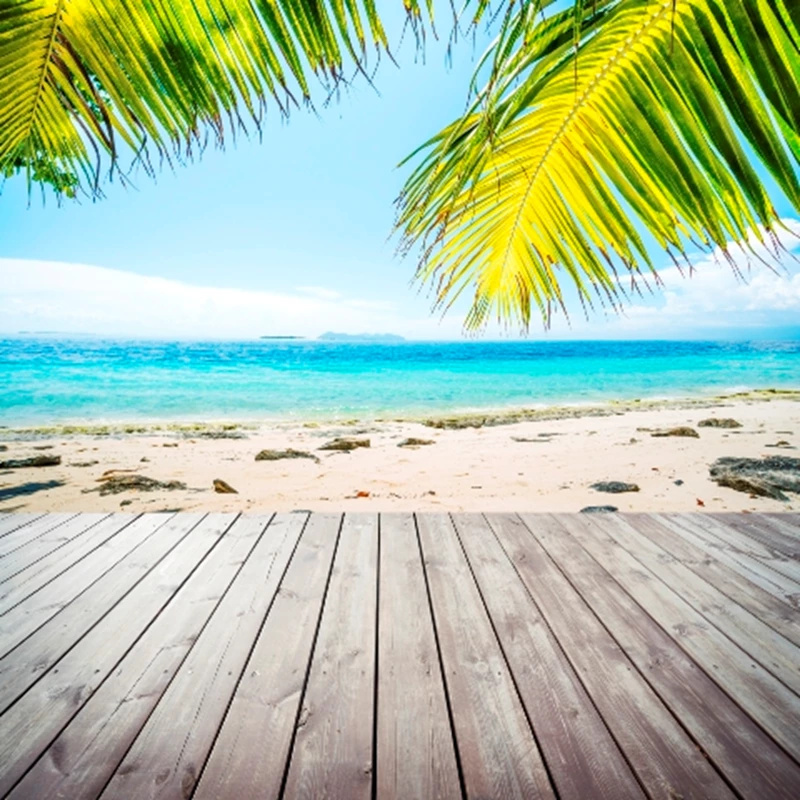
Montpellier?
Possibly the most exciting and dynamic city in Europe today, über-fashionable Montpellier has a population of 250,000, just 12 kilometres inland from the Mediterranean's Côte d'Améthyste, to the east of the Rhône river delta.
It is in the Hérault department, and capital of the Languedoc-Roussillon region of southern France which is expected to see a 35 per cent population growth by 2050. The city is attracting well-heeled buyers from France and around the world.
A bit of history
This is a young city in more ways than one. As well as having more than a third of its population under the age of 25, it was only founded in the 10th century, when pirate raids on the coast forced the population inland. In Mediterranean terms, this makes it a spring chicken, but it quickly established a reputation and by the late 12th century had a university and medical school that are still going.
Several more golden periods followed, as Montpellier became a great trading centre, especially for spices, and a sanctuary for merchants whether Jewish, Muslim, Cathar or protestant. Another golden period was in the late 1800s when architect Baron Haussmann followed his success in Paris by building magnificent buildings in central Montpellier with his characteristic grand balconies and ornate porticos.
A happening city
The city is currently enjoying another boom. With a student body of nearly 70,000, and thousands more employed to educate and look after them, Montpellier is an exceedingly lively city with a good alternative and creative scene. This has been boosted by the arrival of several high-tech companies, including Dell and IBM computers, forming a “high-tech triangle” with other ancient universities at Heidelberg and Cambridge. The many foreign students and expat professionals help make this a very cosmopolitan city, all with the Mediterranean on its doorstep, just three hours from Paris yet with northern Italy, Spain and Switzerland even closer.
Attractions

Sporting adventures: Montpellier's great outdoors includes the Camargue, famous for its white horses, the Cévennes National Park, Haut Languedoc and the Pyrenees, as well as mile after mile of vineyards and lavender fields to hike or cycle through. There are ski slopes, beaches, lagoons, lakes and yacht harbours all within an hour's drive.
History: The Languedoc is dripping in the bloody history of occupation by Greeks, Roman, Saracens, Crusaders, Cathars and Huguenots. The city itself has many medieval buildings, museums and galleries, plus 16th to 20th century mansions with interior courtyards, wide, tree-lined avenues with Haussmann frontages, and 16 squares linked by narrow winding alleyways.
Modern city: Under the ambitious Socialist major Georges Freche, the massive, modern Antigone district of the city was completed in 2000, a neoclassical set of waterfront buildings.
Home from Home
Above all, Montpellier is a very French city, and expat website forums are alive with outrage at the French just being too French! But the Languedoc in general is a popular destination for UK and Irish buyers, and there are ways for Brits to stay in touch:
The British Cultural Association: Organises monthly outings and get togethers. www.bca-montpellier.com.
Le Bookshop: An English book and coffee shop in downtown Montpellier, which organises creative writing workshops and events. www.lebookshop.com
The Robin Hood Pub: for a pint of mild, a game of darts, Sunday soccer, Quiz night and that traditional English pub grub staple, the cheese baguette. www.robinhoodpub.fr
Rugby: The Montpellier Red Devils play in the Elite World Championship of Rugby Union, while Montpellier Herault play in the top French Rugby League.
Climate
Montpellier has a Mediterranean climate, which means hot summers with little rain, at least 300 sunny days per year, livened up by torrential downpours in autumn, and mild winters. Average temperatures in winter are the high single figures and the high 20s in summer. Snow is rare.
Getting there
The train service to Montpellier is terrific. Leaving London St Pancras at 08.27 you change at Lille at 10.54 for the TGV that gets you to Montpellier at 16.59. From the Channel ports it's a drive of around 1,000km. Ryanair and easyJet fly to Montpellier Airport, although Nimes and Béziers are alternatives.
The property market in Montpellier
With demand so high, Montpellier is not exactly cheap, but still a long way off Parisian levels. It's the fastest growing city in France with great employment opportunities and also lifestyle offerings. Per square metre, you paid €2,702 in 2005, and €2,930 now: a 10 per cent rise while most regions parts of France have fallen, including nearby areas like Provence and the Cote d'Azur.
However, there are holiday apartments from €100,000 (£87k) and you can buy bijou cottages in nearby villages from €150,000 (£130k), nearer €300,000 (£261k) if you want some space and garden. The seaside was developed with apartments in the 1960s but Sète and Mont Saint Clair to the south-west are very attractive.
AB Real Estate specialise in mid- to high-end properties, and Managing Director Annelise Bosshard, says: “We have much international interest as prices are still rising here. Villages and suburbs to the north of Montpellier such as Saint Gély-du-Fesc, Saint Mathieu-de-Tréviers, Saint Clément-de- Rivière and Grabels are all desirable areas to buy, a little bit out of the hustle bustle but with easy access to Montpellier. For a quality four-bedroom house, private and off the road prices start around €700,000 (£608k).”
